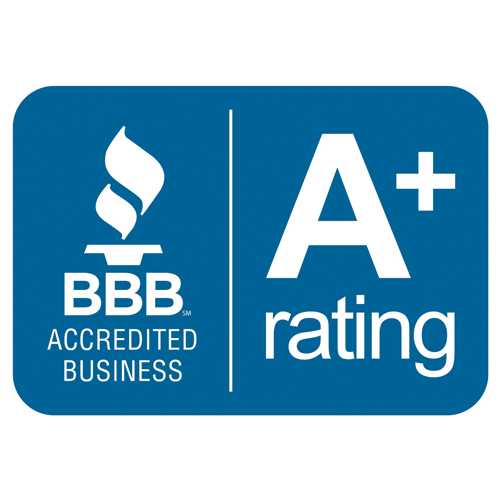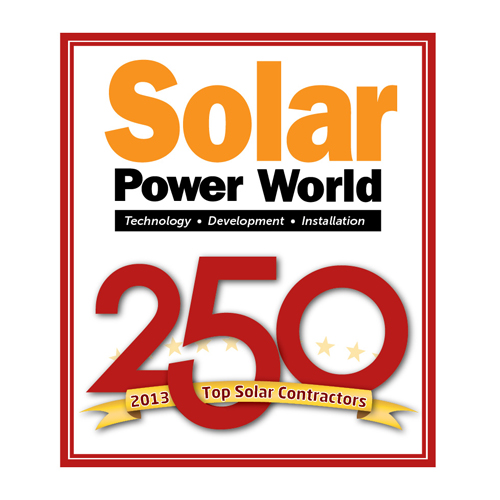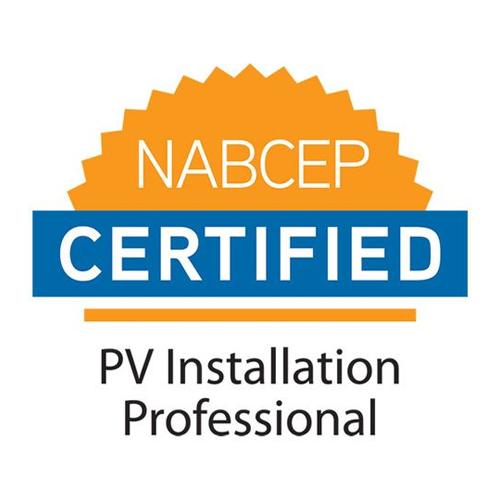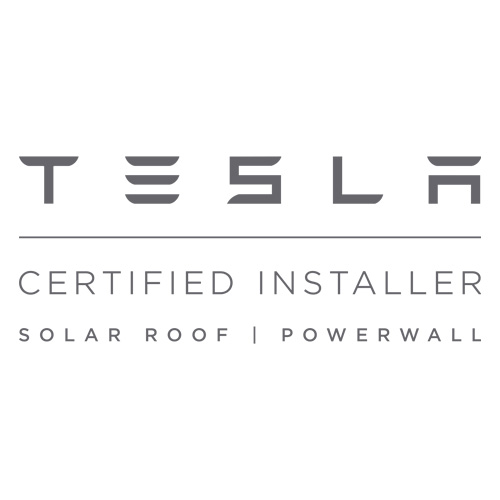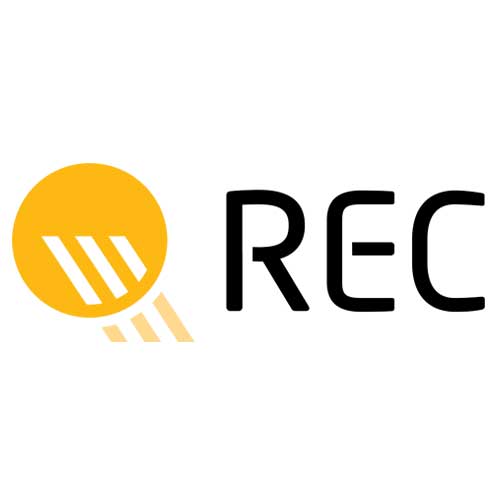Is It Better To Get Solar In 2022 Or 2023?
When it comes to reducing our carbon footprint and living a more sustainable life, one of the best investments we can make is to install solar panels. With solar energy becoming increasingly popular as an alternative source of energy, many people are asking themselves just how many solar panels they would need to power their home or business. The answer depends on several factors including the size and layout of your house, the local climate and weather conditions, the amount of direct sunlight you receive each day, and other details specific to your location.
The Average Solar Panel System Size In The U.S.
Are you thinking about installing solar panels on your home but aren’t sure how many to buy? Worry no more! Below, we will outline the average solar panel system size in the U.S., as well as in Hawaii. Keep in mind that this number is changing frequently, so it’s always a good idea to consult with an expert if you’re unsure of what size system is right for you.
As you can see, the average solar panel system size in the U.S. is about 6 kW. In Hawaii, however, the average residential solar panel system size is 9.6 kW – which would be enough power to light up a typical home! It would take around 60 solar panels to power a typical home in the U.S., while it would take around 96 solar panels to power a typical home in Hawaii. The reason for this discrepancy has to do with Hawaii’s higher irradiation levels (i.e., more sunlight). As systems get larger and install more equipment, they become less efficient and thus costlier than smaller systems on islands with lower irradiation levels like Hawaii. However, as systems continue to grow larger and improve their efficiency over time, this trend may eventually change across all islands!
How Many Solar Panels Would It Take To Power A House
The average size home will require around 20 solar panels to generate enough electricity to completely power that home. That’s not including any potential backup systems you may have in place such as a generator or battery bank. But even if you don’t plan on running your entire house off solar energy, you can still reduce your carbon footprint and lower your energy bills by installing fewer panels and running some of your electronics through them.
To determine how many solar panels would be needed for a specific residence, first identify the amount of electricity you consume on a daily basis. This can be determined by looking at past utility bills or using an electric meter installed in your home. Once this number is established, use this kWh (kilowatt hours) figure to determine how much electricity needs to be generated from solar energy each day – usually around 3 to 4 kWh per day for a typical household. Then calculate the total watts required for the entire system based on this daily figure multiplied by 365 days per year – generally between 5-7 kW (kilowatts).
How Much Sunlight Do Solar Panels Need?
The answer to this question depends on several factors, such as the type of solar panel, the amount of space available for installation and local climate conditions. Generally speaking, however, most residential and commercial solar systems require at least 4-6 hours of direct sunlight each day in order to operate efficiently. This means that the ideal location for a solar panel installation is somewhere with plenty of open space that receives direct sunlight throughout the day.
The amount of sunlight required by a solar panel also depends on its efficiency rating. The higher the efficiency rating of a solar panel, the less sunshine it needs in order to produce an adequate amount of electricity. In general, newer models of solar panels have higher efficiency ratings than older models, meaning they require less sunlight in order to produce the same amount of electricity.
How Much Solar Panels Would It Take To Power A House
The answer depends on several factors, including the size of your home and the average daily amount of sunlight where you live. According to the National Renewable Energy Laboratory (NREL), a single family home requires between five and eight kilowatts of power per day. To provide this amount of energy, you’ll need anywhere from twenty-four to forty-eight individual solar panels that have an output capacity between 275 watts and 350 watts each.
However, sizing up your system is a bit more complex than simply multiplying the number of panels by their wattage. Other variables can complicate matters such as the type of roof your home has; south-facing roofs generally receive more energy than those facing other directions which will require fewer panels for the same output level if all other aspects remain equal. In order to get an accurate estimate for how many solar panels are necessary for powering your home, it’s best to contact a local installer or energy consultant who can assess your specific situation and offer appropriate advice.
When determining how many solar panels you’ll need, also consider two other important factors: shading and efficiency ratings. Solar panel systems lose efficiency when they’re placed in areas with full or partial shade as they can’t absorb as much sunlight; if your roof is partially shaded then you may require more total solar panel capacity than an unshaded one with similar characteristics. The efficiency rating indicates how efficiently each individual panel converts sunlight into electricity; in general, higher efficiency ratings mean more electricity generated per square foot so investing in higher quality of most solar panels will help reduce the overall number required for powering a home.
What Is The Average Solar Panel Output Per Year?
The average solar panel output per year varies greatly depending on the size and orientation of the solar array, as well as the quality of the installation. Generally speaking, it is possible to produce up to 1,000 kWh (kilowatt-hours) annually for a typical 6 kW system located in an area with good sun exposure. This is equivalent to around 833 kWh per kW of installed capacity. However, this figure can vary significantly depending on factors such as geographic location and weather patterns.
When considering what kind of solar system you should install, it’s important to factor in your local climate’s weather patterns, such as sunlight hours, ambient temperature, and humidity levels. These elements all contribute to how much energy a panel will be able to produce over its lifetime. In turn, these elements can influence what type of system you should invest in, as different types have varying efficiencies under certain conditions.
To get an accurate idea of average solar panel output per year at your exact location requires specialized software that considers all these factors before providing an estimate. For instance, Solaron offers its own online calculator which takes into account your address and creates a personalized performance estimate based on historical data from nearby weather stations. Similarly, [xfield_company] also has their own automated tool that allows users to view estimates for various locations around the world within seconds.
How Do I Calculate How Many Solar Panels I Need?
If you’re interested in finding out how many solar panels you need to power your house, there are a few factors that you’ll need to take into account. First, you’ll need to calculate the number of solar panels power that will be needed to cover the area of your house. This can be done by measuring the dimensions of your home and then multiplying that number by the amount of sunlight that is received per day.
Next, you’ll need to determine how much electricity you use each month. This information can be found on your monthly electric bill or from a reliable energy tracking website. Once you know this information, you can then calculate how many solar panels will need to produce enough electricity to cover the energy usage.
Another important factor to consider is whether or not your home is located in a sunny area. If it is not, then more solar panels will likely be needed in order for them all to produce electricity reliably. Additionally, other factors like weather conditions and preferences for renewable energy should also be taken into account when calculating how many panels are needed.
Once you have all of this information, it’s time to start shopping for solar panels! Installing them yourself can cost anywhere from $5,000 – $20,000 depending on your location and budget. However, there are many benefits associated with using solar power – from reducing your carbon footprint to enjoying lower utility bills year-round! So if considering going green isn’t enough reason alone, think about all of the other great reasons why installing solar panels might be a good idea for your home too!
Can I Add More Solar Panels To My System Later?
As solar technology advances, many homeowners are turning to renewable sources of how much power, such as solar energy. However, when installing a solar energy system at home, most people opt for a one-time installation instead of planning ahead for future modifications or additions. But with increasing technological innovation in the industry, it is becoming more feasible to add more solar panels to their existing systems down the line.
When considering whether or not you should add more solar panels to your system later on, there are several things you should consider. First and foremost is that adding additional panels may require additional wiring and racking materials that may increase the complexity of your system. Secondly, depending on where you live and what type of array you currently have (grid-tied or off-grid), additional permits may be required from your local municipality before expanding your system. Lastly, additional panels will come with added costs for equipment as well as installation labor fees incurred by having a professional installer do the work properly.
Despite these potential drawbacks however, expanding an existing solar array can be beneficial in several ways. For example: if you’re looking to save money on electricity bills over time; if you need additional electricity due to an increase in household appliances; or perhaps if you simply want greater peace-of-mind knowing that your home has reliable backup power during power outages caused by storms or other interruptions in service from utility companies.
I’m Ready To Go Solar. What’s Next?
Are you ready to go solar? Solar energy is a great choice for the environment, and it can also be a great financial option. By learning about your home’s solar potential and researching different solar panel brands, you can decide if going solar is the right choice for you.
To begin, find out your home’s solar potential. This information can be found on government websites or by calling an energy company in your area. Once you have this information, you can begin to research different solar panel brands. There are many great options available on the market today, so it’s important to find one that will fit your needs and budget.
Once you’ve chosen a few panels, it’s time to get quotes from different solar panel installers. It’s important to compare prices before making a decision, as some installers may offer lower prices due to volume discounts or other promotions. Once you’ve gotten quotes from several installers, it’s time to make a decision – should you lease or purchase panels? Leasing may be a better option for some people because it allows you more flexibility in terms of payment plans and returns. Purchase options also come with the added benefits of ownership after your installation is complete.
Finally, it’s time to get your new panels installed! This process can vary depending on where you live and what type of installation system you choose (solar roofing systems are growing in popularity), but in general most installers will take care of everything for you including permits and inspections. Be sure to ask any questions that arise during this process so that everything goes smoothly!
Planning For Solar Panel Installation
The first step in planning for solar panel installation is to research the different types of solar systems available. There are two types: grid-connected and off-grid..Grid-tied systems are linked to your local power grid, whereas off-grid systems are not and require battery storage to store the energy generated by the solar panels. Depending on your location, you may be able to install either type of system.
Once you’ve chosen the type of system you wish to install, it’s important to do a thorough assessment of your roof’s condition and size before making a purchase. A good rule of thumb is that you should be able to fit at least 1 kilowatt (kW) worth of solar panels on the roof for every 100 square feet of space available. If your roof isn’t large enough or in good enough condition to support this much solar panel wattage, then you may need to consider other options such as ground mounted solar arrays or rooftop mounting systems.
In addition to assessing the size and condition of the roof, it’s also important to examine whether there are any existing obstructions that could affect the success of your project such as trees or buildings that could block sunlight from reaching your panels. If so, these obstacles will need to be addressed before proceeding with installation.
After considering these factors, you should also take some time to research local zoning laws and regulations in order to make sure installing solar panels is allowed in your area before forging ahead with any plans.
You should also contact any applicable utility companies in order to check if there are any additional requirements for connecting a system into their existing infrastructure such as fees or permit applications that must be filled out prior to installation beginning.
Finally, once all required research has been done it’s time to move onto selecting an installer or contractor who specializes in solar panel installation. You should get quotes from several contractors in order to compare costs and services provided; most will provide free estimates after examining your location and discussing what kind of system would best suit your needs. Additionally, many installers offer financing options so make sure to look into those too if needed!
To Conclude
Overall, when taking into account lifestyle choices & current trends toward renewable energies – along with solar panels cost saving benefits associated with installing proper systems – there’s no doubt that transitioning away from traditional fossil fuels toward more sustainable sources like solar is becoming increasingly attractive both economically & environmentally speaking!
With all this said however – precisely how many solar panels would it ultimately take to power an entire house really does depend on several key factors such as location & size plus individual preferences – so consider consulting qualified professionals before making any decisions about installations!

